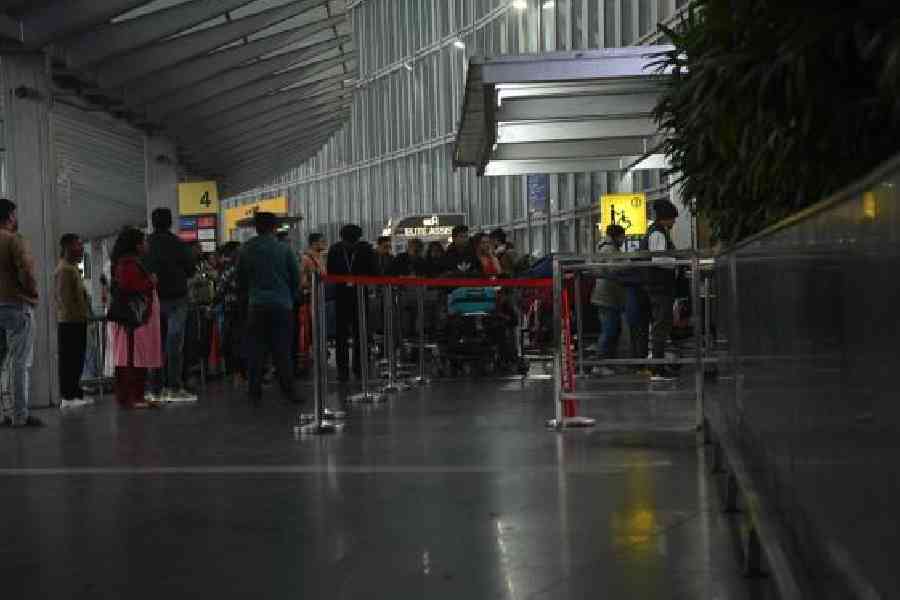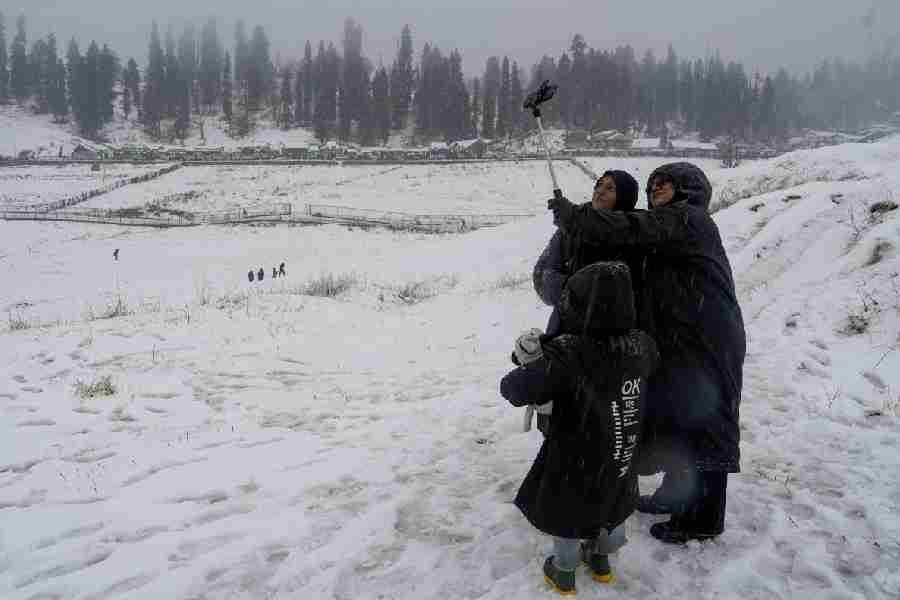The coronavirus is finding new victims worldwide, in bars and restaurants, offices, markets and casinos, giving rise to frightening clusters of infection that increasingly confirm what many scientists have been saying for months: the virus lingers in the air indoors, infecting those nearby.
If airborne transmission is a significant factor in the pandemic, especially in crowded spaces with poor ventilation, the consequences for containment will be significant. Masks may be needed indoors, even in socially distant settings. Healthcare workers may need N95 masks that filter out even the smallest respiratory droplets as they care for coronavirus patients.
Ventilation systems in schools, nursing homes, residences and businesses may need to minimise recirculating air and add powerful new filters.
The World Health Organisation has long held that the coronavirus is spread primarily by large respiratory droplets that, once expelled by infected people in coughs and sneezes, fall quickly to the floor.
But in an open letter to WHO, 239 scientists in 32 countries have outlined the evidence showing that smaller particles can infect people, and are calling for the agency to revise its recommendations. The researchers plan to publish their letter in a scientific journal next week.
Even in its latest update on the coronavirus, released June 29, WHO said airborne transmission of the virus is possible only after medical procedures that produce aerosols, or droplets smaller than 5 microns.
Proper ventilation and N95 masks are of concern only in those circumstances, according to WHO. Instead, its infection control guidance, before and during this pandemic, has heavily promoted the importance of handwashing as a primary prevention strategy, even though there is limited evidence for transmission of the virus from surfaces. (The US Centres for Disease Control and Prevention now says surfaces are likely to play only a minor role.)
Dr Benedetta Allegranzi, WHO’s technical lead on infection control, said the evidence for the virus spreading by air was unconvincing.
But interviews with nearly 20 scientists — including a dozen WHO consultants and several members of the committee that crafted the guidance — and internal emails paint a picture of an organisation that, despite good intentions, is out of step with science.
Whether carried aloft by large droplets that zoom through the air after a sneeze, or by much smaller exhaled droplets that may glide the length of a room, these experts said, the coronavirus is borne through air and can infect people when inhaled.
“I do get frustrated about the issues of airflow and sizing of particles, absolutely,” said Mary-Louise McLaws, a committee member and epidemiologist at the University of New South Wales in Sydney.
“If we started revisiting airflow, we would have to be prepared to change a lot of what we do,” she said. “I think it’s a good idea, a very good idea, but it will cause an enormous shudder through the infection control society.”
In early April, a group of 36 experts on air quality and aerosols urged WHO to consider the growing evidence on airborne transmission of the coronavirus. The agency responded promptly, calling Lidia Morawska, the group’s leader and a longtime WHO consultant, to arrange a meeting.
But the discussion was dominated by a few experts who are staunch supporters of handwashing and felt it must be emphasized over aerosols, according to some participants, and the committee’s advice remained unchanged.
Dr Morawska and others pointed to several incidents that indicate airborne transmission of the virus, particularly in poorly ventilated and crowded indoor spaces. They said WHO was making an artificial distinction between tiny aerosols and larger droplets, even though infected people produce both.
“We’ve known since 1946 that coughing and talking generate aerosols,” said Linsey Marr, an expert in airborne transmission of viruses at Virginia Tech.
Scientists have not been able to grow the coronavirus from aerosols in the lab. But that doesn’t mean aerosols are not infective, Dr Marr said: Most of the samples in those experiments have come from hospital rooms with good air flow that would dilute viral levels.
In most buildings, she said, “the air-exchange rate is usually much lower, allowing virus to accumulate in the air and pose a greater risk.”
New York Times News Service










